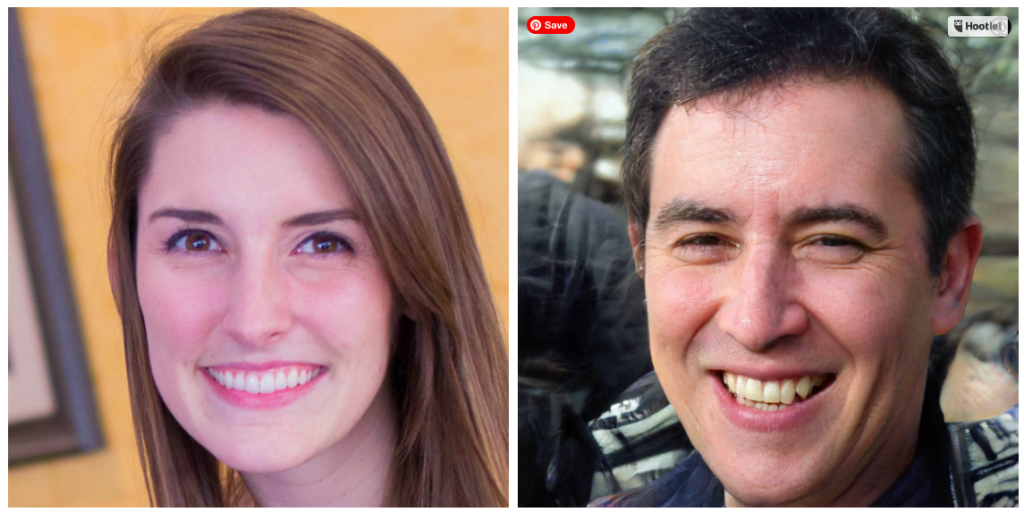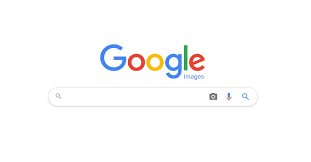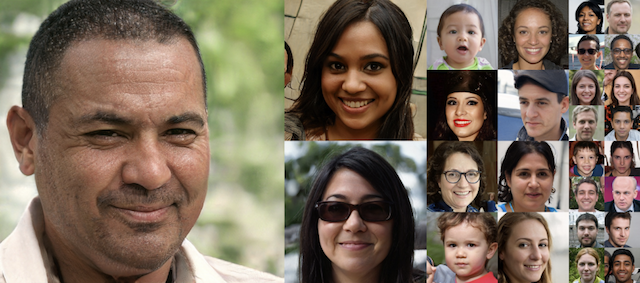A great deal of time must be spend on OSINT in order to weed out false positives – good intelligence vs bad intelligence. The degree of reliability and authenticity. The importance of an accurate starting point is critical when taking your research on a person of interest to the world wide web.
We will dive into this in more detail in the weeks to come. For now, let’s begin with how to identify a fake photo. Hiding your real identity has never been easier on the web and social media is the scammer’s friend when it comes to this. A photo may be a false positive because while it appears to be the person, in actuality, it is a fake.
Can You Tell the Difference?

Take a close look at the photos above. One is a real person and one is a computer generated photo. Which is which? Not so easy, right? This is something that all of us in the open source research, law enforcement and private investigations industries will need to be proficient at. A great site to test your skills is Which Face is Real?
You may wonder how this is even done. You are not alone! Machine learning has been used to customize and generate realistic photos. It is called StyleGAN.
StyleGAN was originally an open-source project by NVIDIA to create a generative model that could output high-resolution human faces. The basis of the model was established by a research paper published by Tero Karras, Samuli Laine, and Timo Aila, all researchers at NVIDIA.
(source: https://heartbeat.fritz.ai/)
What To Look For
According to Which Face is Real, look for the following things:
Teeth and Hair: Hair and teeth are very difficult to render realistically. Often teeth are odd or asymmetric. Look for a type of hallo over the hair or other odd imperfections.
Eye Glasses: Right now, it’s very hard for algorithms to generate realistic-looking eyeglasses. Take a close look at the style of the glasses. Many times one side will look different than the other side.
Background of the Image: Many times the background of an image is a give-away. Because the concentration is on the face alone, the background may show smudge marks or render unclear.
When in Doubt….

If you suspect your target is using a false identity, you can do your very own “fact checking”. Google image will allow you to upload an image to search the web for other images that look just like it.
One of our recent blog posts discussed this in further detail. Online Research: 3 Tips for Better Results. It is more important than ever to be sure you have the right tools in your tool box.
PS: If you guess the photo of the woman, you are correct! She is a real person.
